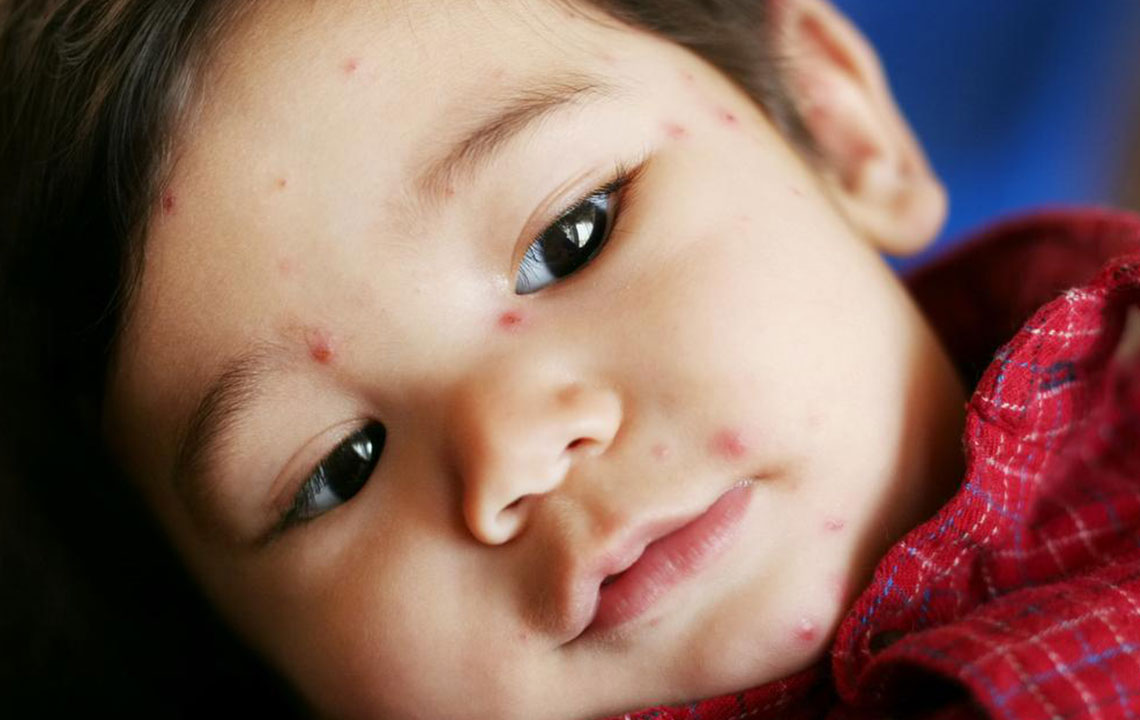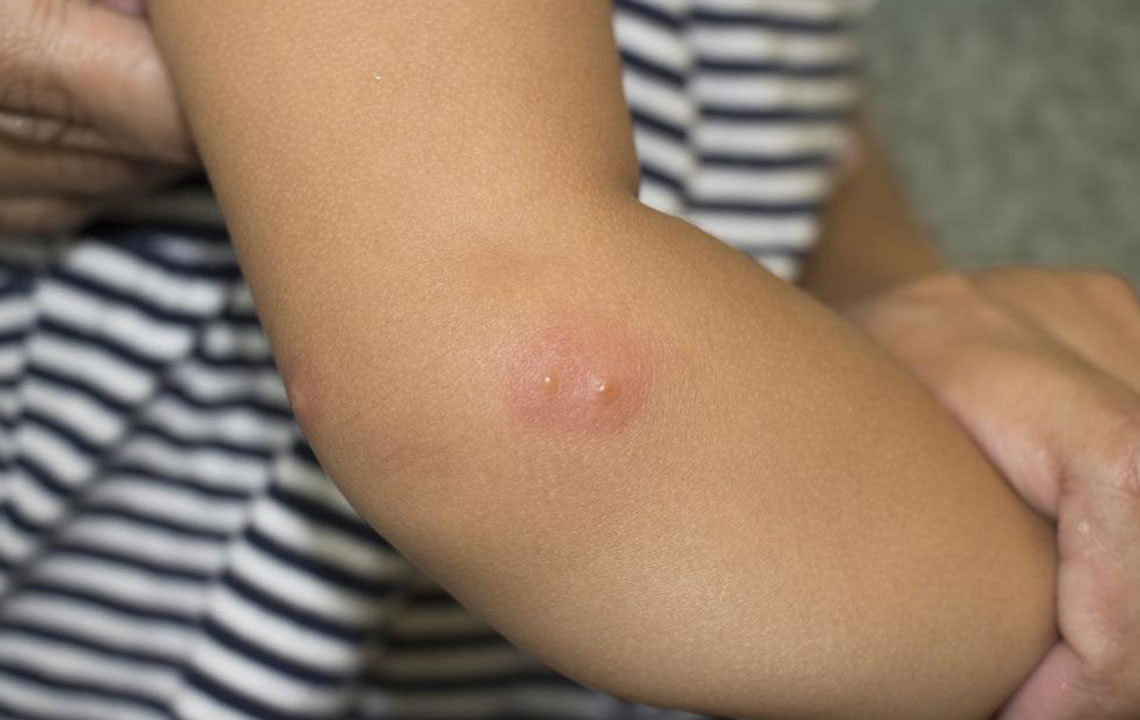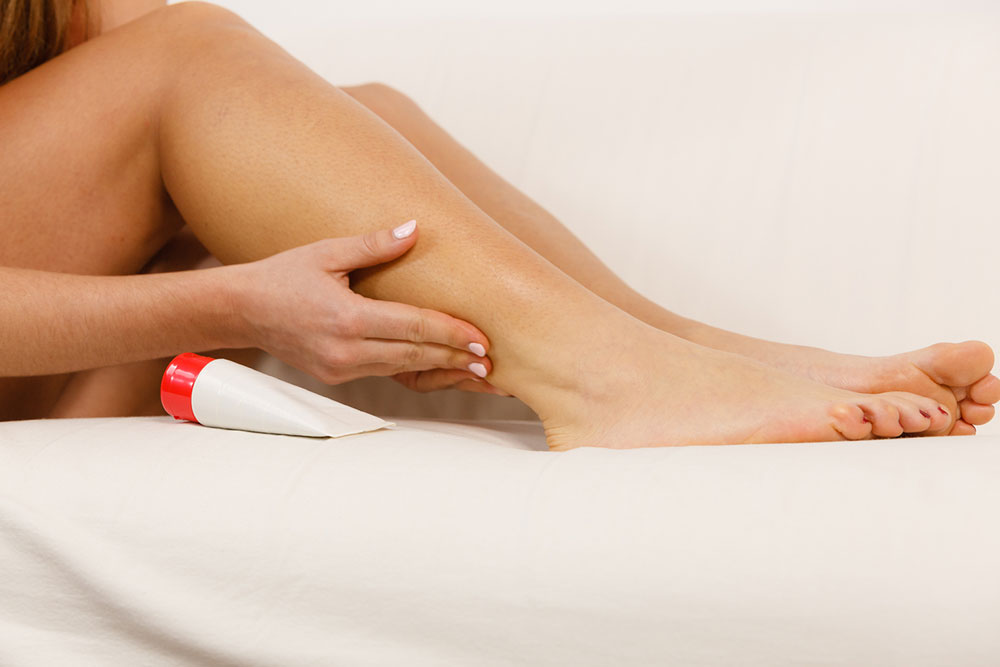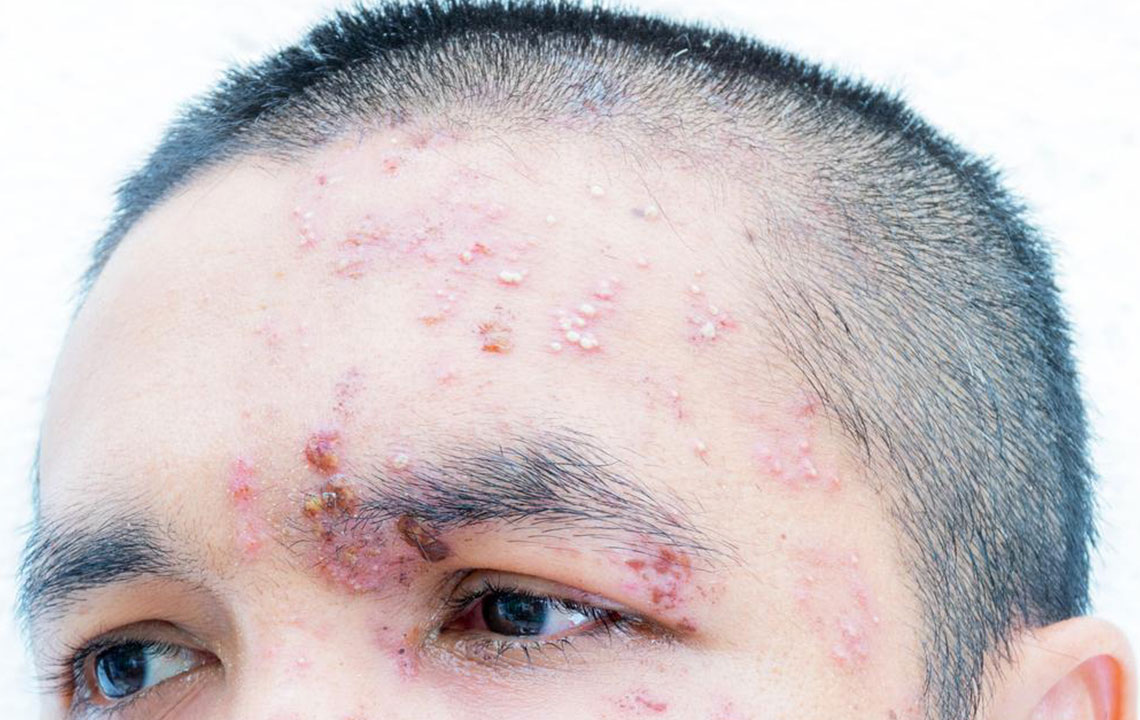Comprehensive Guide to Understanding Shingles
This comprehensive overview of shingles covers its causes, symptoms, treatment options, home remedies, and potential complications. It emphasizes the importance of early intervention and vaccination to prevent severity. Suitable for individuals at risk or seeking to understand this condition better, the article offers practical advice on managing pain and avoiding complications. Clear, informative, and accessible, it aims to raise awareness about shingles and promote timely medical consultation for effective care.

Comprehensive Guide to Understanding Shingles
Research indicates that one in three individuals faces a significant risk of developing shingles. This condition manifests as a painful rash primarily affecting seniors and those with weakened immune defenses. Although shingles can be effectively treated, it may sometimes recur. Managing pain is a crucial aspect of treatment, aiming to alleviate discomfort and prevent complications.
What leads to shingles?
Shingles originates from the varicella-zoster virus, the same virus responsible for chickenpox. Post-recovery from chickenpox, the virus can become dormant within nerve roots. Later, factors like aging, stress, or immune suppression can reactivate it, triggering shingles.
This virus remains inactive in most individuals, but certain medications or health conditions can reactivate it, causing shingles. Importantly, shingles itself is not contagious, but direct contact with an infected rash can transmit the virus, potentially leading to chickenpox in uninfected individuals. A vaccine is available to help adults prevent shingles.
Recognizing shingles symptoms
Initially, pain management may not be necessary. Early symptoms include mild headaches and light sensitivity. As the disease progresses, itching, tingling, and persistent pain in localized areas are common. After a few days, a rash appears, transforming into fluid-filled blisters that crust over and may scar. Healing typically takes two to four weeks. The rash can appear anywhere on the body, including the face, though some individuals may not develop blisters or a rash at all. Additional symptoms can include weakness, dizziness, and vision changes.
Shingles treatment and pain relief options
Early intervention enhances treatment effectiveness. Antiviral medications combined with pain relievers are the mainstays of therapy. Mild cases may only require antivirals, while severe cases might need prescribed pain medication. Untreated shingles can cause long-lasting nerve damage. Alongside medication, keeping affected skin clean and dry is essential. Doctors may recommend topical ointments to reduce inflammation and promote healing.
Home remedies for shingles
Several home strategies can help manage shingles discomfort:
Refrain from scratching or picking blisters to avoid scarring.
Apply cold compresses on the rash to relieve itching, for no more than 20 minutes at a time, followed by calamine lotion.
Use baking soda or cornstarch on the blisters to reduce inflammation and encourage healing.
Soak affected areas in water or a solution of aluminum acetate (Burow’s solution) to reduce oozing and clean crusts.
Possible complications from shingles
Though treatable, shingles can lead to certain complications:
Postherpetic neuralgia – Persistent nerve pain lasting years after infection, especially common in those over 60, caused by nerve damage.
Ramsay Hunt syndrome – Rare paralysis of facial muscles affecting the ear and facial nerves, possibly causing hearing loss.
Bacterial skin infections – If blisters are not kept clean, secondary infections by bacteria like Staphylococcus aureus or Streptococcus can develop, leading to redness, tenderness, and cellulitis.
The prognosis is generally favorable in healthy young individuals, but older adults may face more serious risks. Early treatment often prevents complications and promotes recovery.










